calsfoundation@cals.org
Stuttgart (Arkansas County)
County Seat
| Latitude and Longitude: | 34º30’01″N 091º33’09″W |
| Elevation: | 219 feet |
| Area: | 7.41 square miles (2020 Census) |
| Population: | 8,264 (2020 Census) |
| Incorporation Date: | April 19, 1889 |
Historical Population as per the U.S. Census:
|
1810 |
1820 |
1830 |
1840 |
1850 |
1860 |
1870 |
1880 |
1890 |
1900 |
|
– |
– |
– |
– |
– |
– |
– |
– |
1,165 |
1,258 |
|
1910 |
1920 |
1930 |
1940 |
1950 |
1960 |
1970 |
1980 |
1990 |
2000 |
|
2,740 |
4,522 |
4,927 |
5,628 |
7,276 |
9,661 |
10,477 |
10,941 |
10,420 |
9,745 |
|
2010 |
2020 |
|
|
|
|
|
|
|
|
|
9,326 |
8,264 |
|
|
|
|
|
|
|
|
Stuttgart, one of the seats of Arkansas County, is a predominantly agricultural community situated on the Grand Prairie. Begun as a colony of German immigrants in the late nineteenth century, it became over the years one of the centers of rice farming in Arkansas and is also known for the quality of the duck hunting available in the area.
Post Reconstruction through the Gilded Age
The Reverend George Adam Buerkle is considered the founder of Stuttgart. Buerkle was born in Plattenhardt, Germany, and immigrated to America with his family in 1852. He was working as a Lutheran minister in Woodville, Ohio, when he first came to Arkansas and bought over 7,000 acres of prairie land in 1878. He brought his first colony of forty-eight men, women, and children here in the fall of 1878. Buerkle brought his family in the second colony, which came on October 6, 1879. He kept almost one-half of his original purchase of land for his own family and sold the remainder to his colonists for the same price that he paid for it—$3 per acre.
On April 30, 1880, Buerkle was appointed postmaster of a post office in his home, and he named the new office Stuttgart for the town in Germany near where he was born. Probably all of the adults in this settlement had been born in Germany, and for years church services in the Lutheran churches here were held in German. The Germans had their own private schools, and a weekly all-German newspaper was published in Stuttgart for over twenty years.
In 1883, the Paramore narrow-gauge railroad was built through this area, but it did not come by the post office in the Buerkle home, therefore the train would not stop on the Gum Pond Plantation. Buerkle owned the land adjoining the railroad, so he merely built a small shack near the track and nailed a sign with the name of Stuttgart on the office. Thus the present Stuttgart site was established.
In 1884, the town was platted; however, the area did not grow or prosper. Thomas H. Leslie, who came to Stuttgart in 1887 from the south end of the county, was able to revitalize the town and start it on its industrial growth. Leslie organized the first bank in the county and promoted railroad construction to Gillett (Arkansas County), as well as opening up the present downtown business area through the Grand Prairie Real Estate Exchange, which he started.
Stuttgart was incorporated on April 19, 1889, after which time Colonel Robert Crockett was elected the town’s first mayor. Crockett was the eldest grandson of the famous Davy Crockett, and he had moved to this area from Memphis when he was twenty-four years old, settling first in the Mount Adams/Crockett’s Bluff area. Also in 1889, Stuttgart College was built at the south end of College Street, and a horse-drawn streetcar started its run from the depot to the fairgrounds.
Since the farmers’ main sources of income in those days were cattle and hay, Stuttgart officials made a gallant effort to industrialize the town. Among the factories and businesses started here by 1900 were those making furniture, windmills, ornamental concrete works, and ice cream, woodworking shops, blacksmith shops, harness shops, livery stables, plants for building wagons and buggies, farm-implement factories, a flour mill, a grist mill, feed mills, a number of dairies, five different drilling companies (all drilling private wells only), two ice plants, and a soft-drink plant.
Early Twentieth Century
Rice took hold in the Stuttgart area in 1902, when W. E. (Bill) Hope planted a small plot of rice as an experiment; it yielded 139 bushels per acre, though Hope often had to contend with people who pulled up the stalks for souvenirs. On March 9, 1907, the Stuttgart Rice Mill Company was incorporated. The mill was completed in October 1907 and reported a profit of $16,000 on the first season’s crops.
A group of Arkansas rice farmers banded together to market their crops and in 1921 created a farmers’ cooperative business group, which is now known as Riceland Foods, Inc., and is headquartered at Stuttgart. Riceland has grown to become the world’s largest rice miller and rice marketer; it provides marketing services for rice products, soybeans, and wheat, and has become a major soybean processor, rice exporter, and oil producer.
In 1916, an unidentified African American man was lynched after allegedly attacking a sixteen-year-old white girl. Police went to lengths to keep a mob from taking the man but were ultimately unsuccessful; afterward, representatives of the mob published a letter in the Stuttgart Free Press that asserted the lynching was done in “as humane a manner as possible.”
During the Flood of 1927, the Grand Prairie as a whole was not covered with water, but the low-lying sections along the streams were flooded, especially the section along the Arkansas River southwest of DeWitt. A relief station was set up in DeWitt, where people from flooded areas were fed and shelter was temporarily provided. Relief funds were provided by local citizens and the Red Cross.
The University of Arkansas Rice Research and Extension Center (RREC) began in 1926 and continues today. Aviator Richard Schilberg began building airplanes in Stuttgart after World War I and was referred to as the state’s only aircraft manufacturer as late as 1926.
World War II through the Modern Era
When World War II came to Stuttgart, the town had a population of over 5,000 inhabitants, but soon after the war began the federal government bought rice farms north of the city for a large airbase. The town was booming again, and new houses were being built to accommodate the influx of soldiers and their families. Stuttgart homeowners were making apartments in their homes for these people. The prairie farmers were planting rice on every piece of ground that they could possibly care for, and, later, German war prisoners were shipped to this airbase to help out with the harvest.
Producers Rice Mill was established in 1943 and produced 143,500 barrels the first year of operation. As of 2008, Producers’ annual milling rate has increased to over 50 million bushels, with sales having topped $305 million. Producers ships rice across the world.
The World’s Championship Duck Calling Contest has been held annually since 1936 as part of the Wings Over the Prairie Festival; it was founded in part by local doctor Harold Virgil Glenn, who served as mayor from 1950 to 1953 and was a renowned local leader in historic preservation. During the years 1957–1960, attempts were made to include the Rice Bowl football attraction to the festivities, but without much success.
Other industries located in Stuttgart include Lennox Industries, established in 1974, which employs 983 people in the manufacturing of air-conditioning equipment. Stuttgart Regional Medical Center, which provided for the healthcare needs of the region starting in 1957, became part of Baptist Health and was renamed Baptist Health Medical Center–Stuttgart in 2009.
In 1989, a movie called Rosalie Goes Shopping was filmed and set mostly in Stuttgart.
The Stuttgart public school system now consists of an elementary school, middle school, junior high school, and high school. In addition, there are four private Christian schools. Phillips Community College of the University of Arkansas in Helena-West Helena (Phillips County) also has a branch campus in Stuttgart.
In 1996, the Fish Farming Experimental Laboratory (FFEL) merged with the USDA-ARS and became known as the Stuttgart National Aquaculture Research Center (SNARC). A few years later, the name was changed to the Harry K. Dupree Stuttgart National Aquaculture Research Center (HKDSNARC) in honor of its retiring director.
A tornado hit Stuttgart on May 10, 2008, damaging more than fifty businesses, 200 homes, and school and church buildings. Nine people were injured in the storm.
Attractions
The Wings Over the Prairie Festival, which began in 1936, is the largest festival of its kind on the Grand Prairie, drawing thousands of people each year. The present-day Museum of the Arkansas Grand Prairie began in 1974 and details the history and culture of the region. The Arkansas County Courthouse in Stuttgart is listed on the National Register of Historic Places, as is the larger Stuttgart Commercial Historic District.
For additional information:
Burkett, Bennie Frownfelter. One Hundred Years on the Grand Prairie. Stuttgart, AR: Standard Printing Company, 1980.
Stuttgart Chamber of Commerce. http://stuttgartarkansas.org/ (accessed September 27, 2022).
“Stuttgart-Related Oral Histories.” 1970–1980. Audio online at Butler Center for Arkansas Studies, Arkansas Studies Institute (ASI) Research Portal: Stuttgart Oral Histories (accessed September 27, 2022).
Bill Shrum
Stuttgart, Arkansas
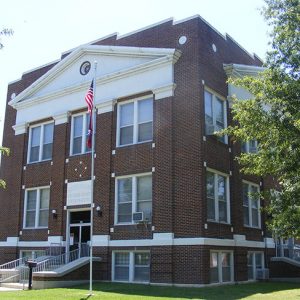 Arkansas County Courthouse, Northern District
Arkansas County Courthouse, Northern District 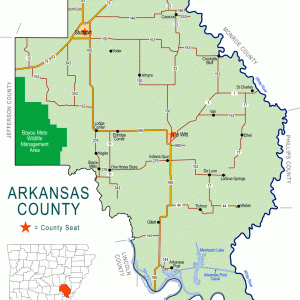 Arkansas County Map
Arkansas County Map  Marion Berry
Marion Berry  Dale Bumpers National Rice Research Center
Dale Bumpers National Rice Research Center 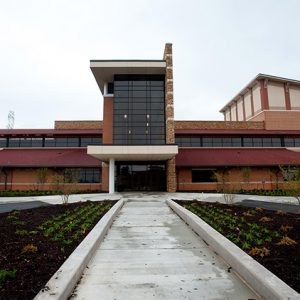 Grand Prairie Center
Grand Prairie Center 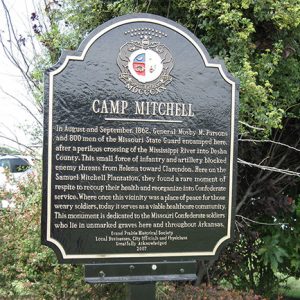 GPHS Plaque
GPHS Plaque 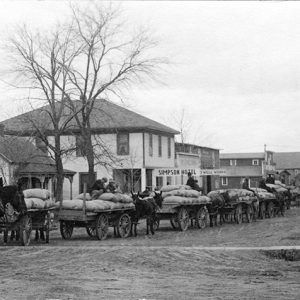 Hauling Rice to the Mill
Hauling Rice to the Mill 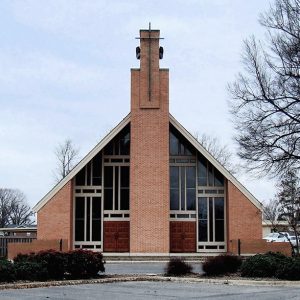 Holy Rosary Catholic Church
Holy Rosary Catholic Church 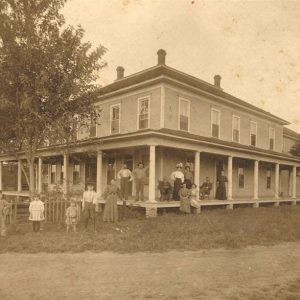 Illinois Hotel
Illinois Hotel 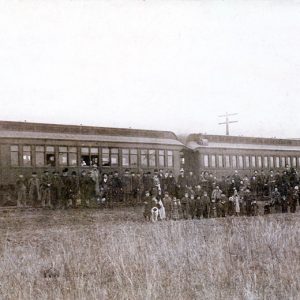 Iowa Immigrants
Iowa Immigrants 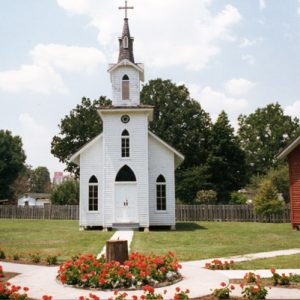 Museum of the Arkansas Grand Prairie Exhibit
Museum of the Arkansas Grand Prairie Exhibit 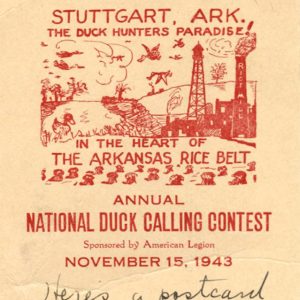 National Duck Calling Contest
National Duck Calling Contest 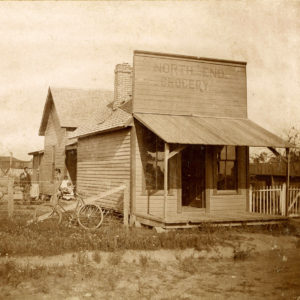 North End Grocery
North End Grocery 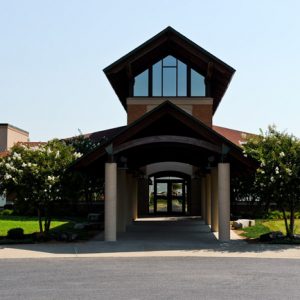 Phillips Community College; Stuttgart
Phillips Community College; Stuttgart 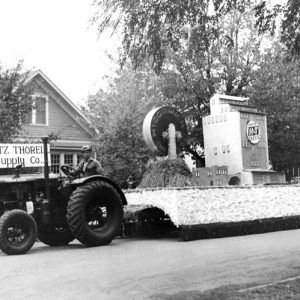 Rice Festival Parade Float
Rice Festival Parade Float 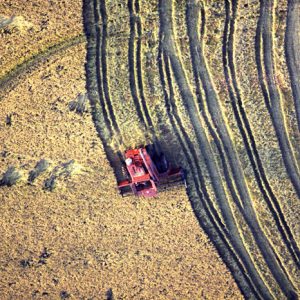 Rice Harvesting
Rice Harvesting 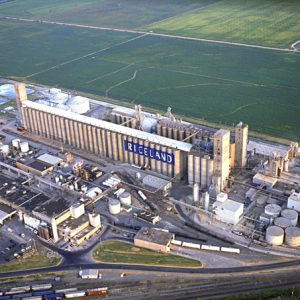 Riceland Foods Facility
Riceland Foods Facility 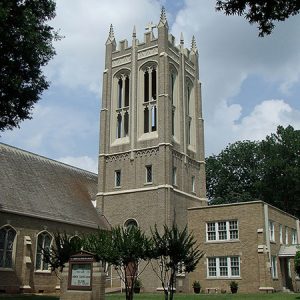 St. John's Lutheran
St. John's Lutheran 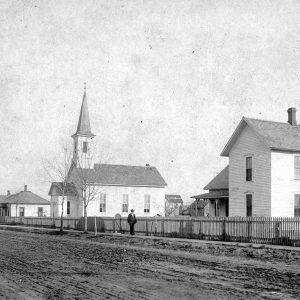 St. John's Lutheran Church
St. John's Lutheran Church 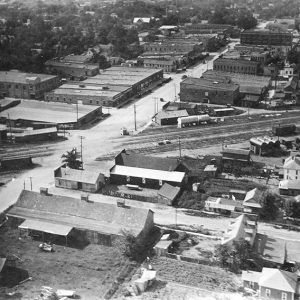 Stuttgart Aerial View
Stuttgart Aerial View 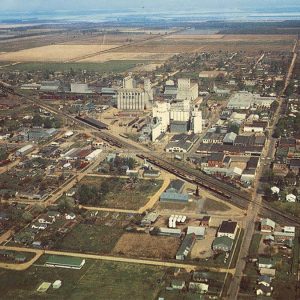 Stuttgart Aerial View
Stuttgart Aerial View 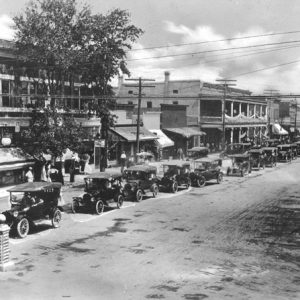 Stuttgart Auto Parade
Stuttgart Auto Parade 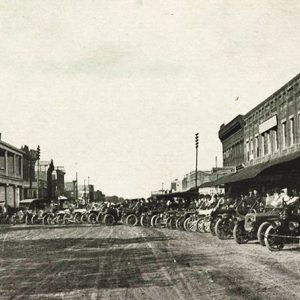 Stuttgart Autos
Stuttgart Autos 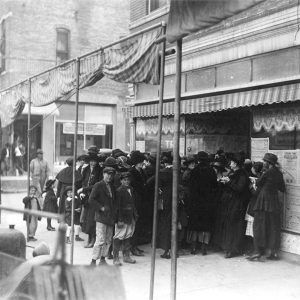 Stuttgart Crowd
Stuttgart Crowd 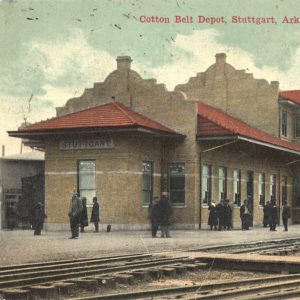 Stuttgart Depot
Stuttgart Depot 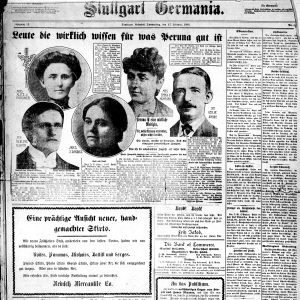 Stuttgart Germania
Stuttgart Germania 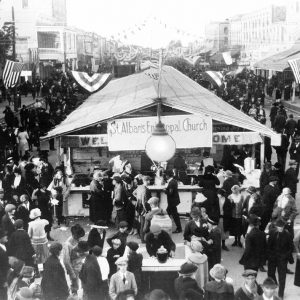 Stuttgart Rice Carnival
Stuttgart Rice Carnival 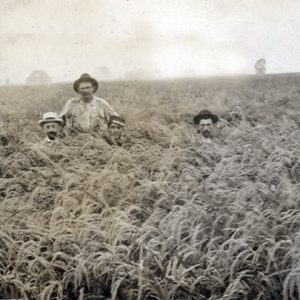 Stuttgart Rice Field
Stuttgart Rice Field 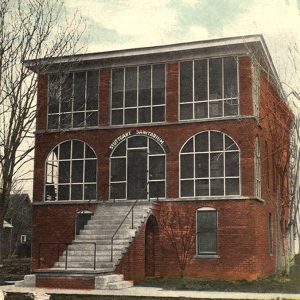 Stuttgart Sanitarium
Stuttgart Sanitarium 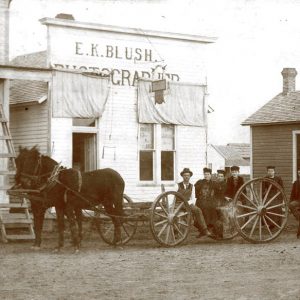 Stuttgart Street Scene
Stuttgart Street Scene 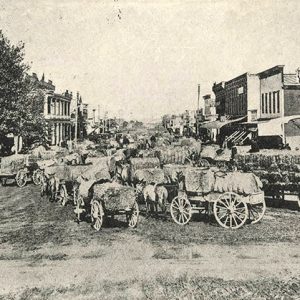 Stuttgart Street Scene
Stuttgart Street Scene 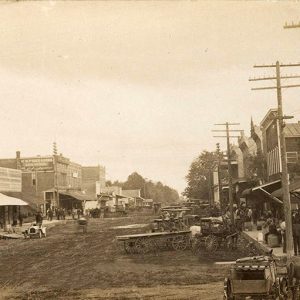 Stuttgart Street Scene
Stuttgart Street Scene 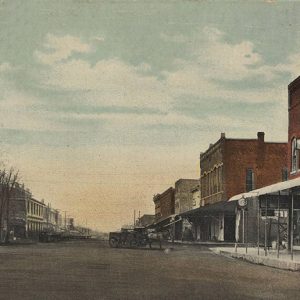 Stuttgart Street Scene
Stuttgart Street Scene 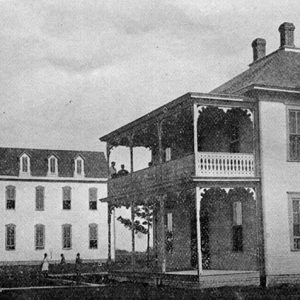 Stuttgart Training School Buildings
Stuttgart Training School Buildings 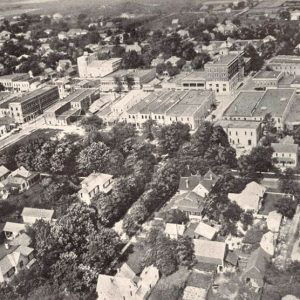 Stuttgart View
Stuttgart View 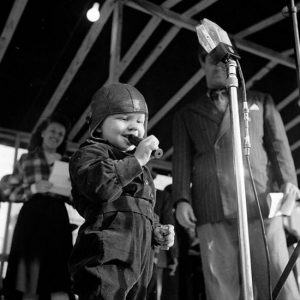 World's Championship Duck Calling Contest
World's Championship Duck Calling Contest 



Comments
No comments on this entry yet.